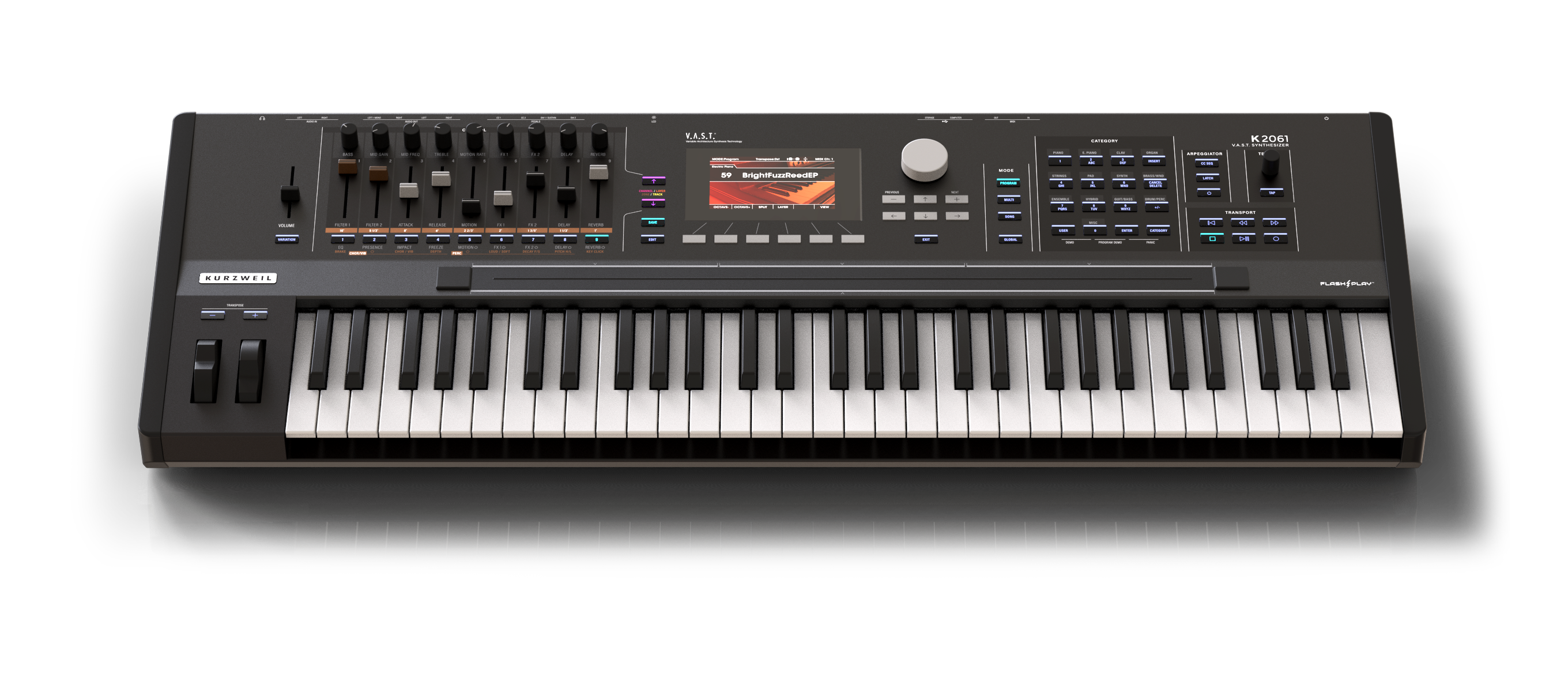
Kurzweil K2061 & 2088
In 1984, Kurzweil made a groundbreaking splash in the music industry with the release of the K250 synthesizer/sampler. I still remember the videos with Stevie Wonder, who shared a special bond with the inventor and namesake, Ray Kurzweil. Personally, my first encounter with the name was at the 1985 Musikmesse, where the sheer scale of the instrument left a lasting impression on me. The K250 was considered the first serious sampling instrument capable of replacing a grand piano on stage. This iconic sound, combined with its hammer-action keyboard, continues to define the Kurzweil brand to this day.
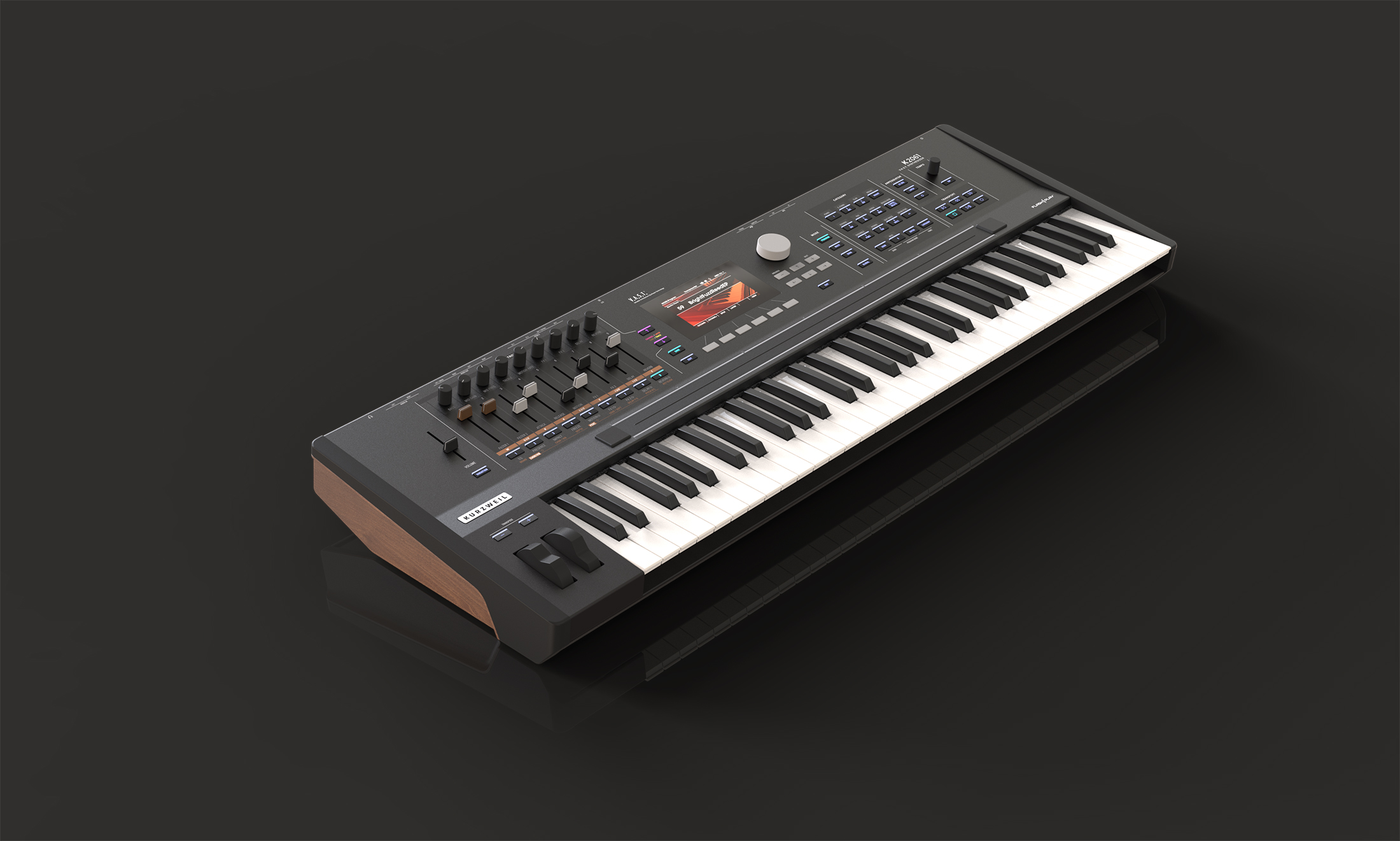
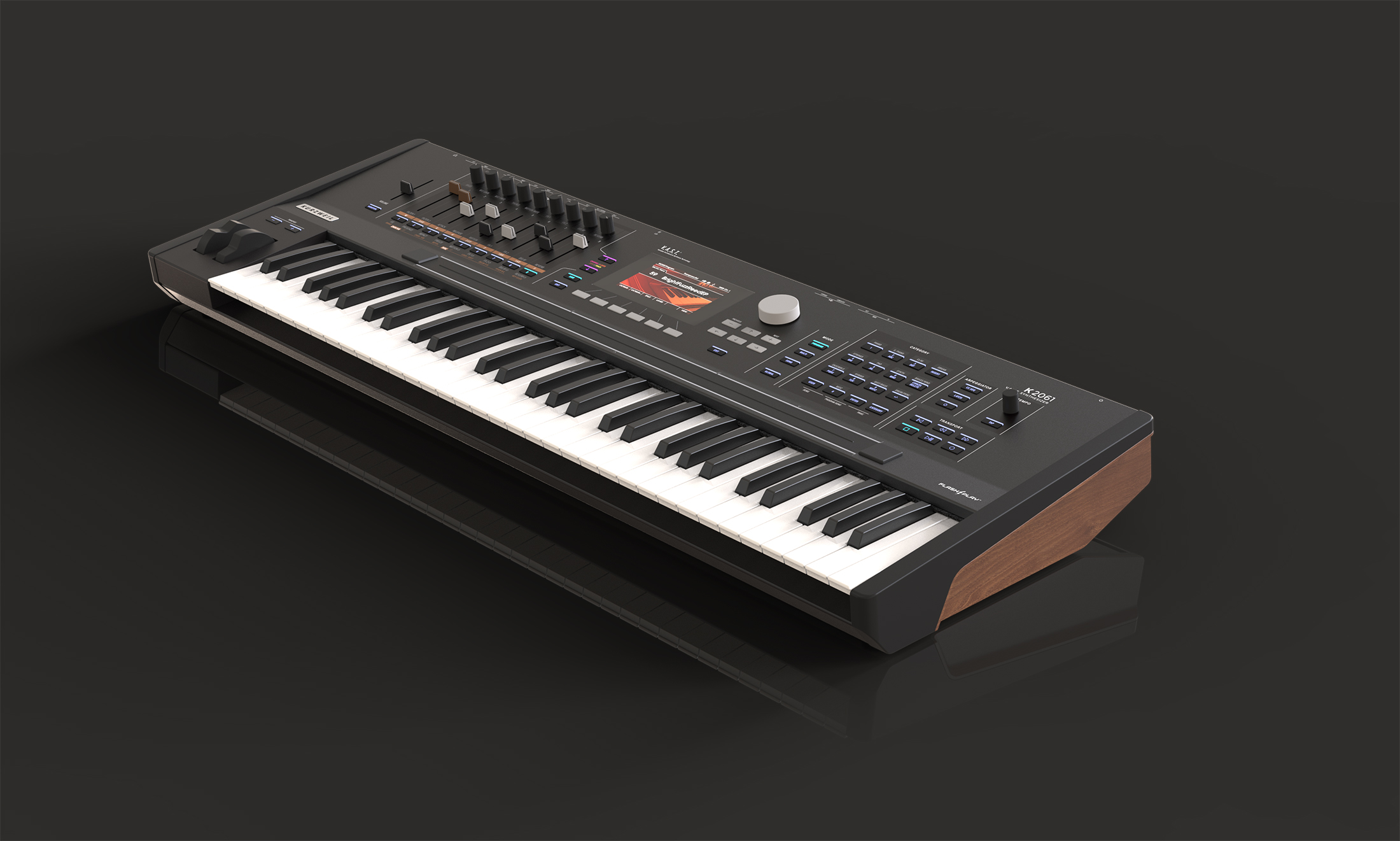
Even though the company, like many other prominent names in our industry, has seen its share of ups and downs, it remains one of the leading names in the stage keyboard and digital piano segment, now under the umbrella of the YoungChang Group.
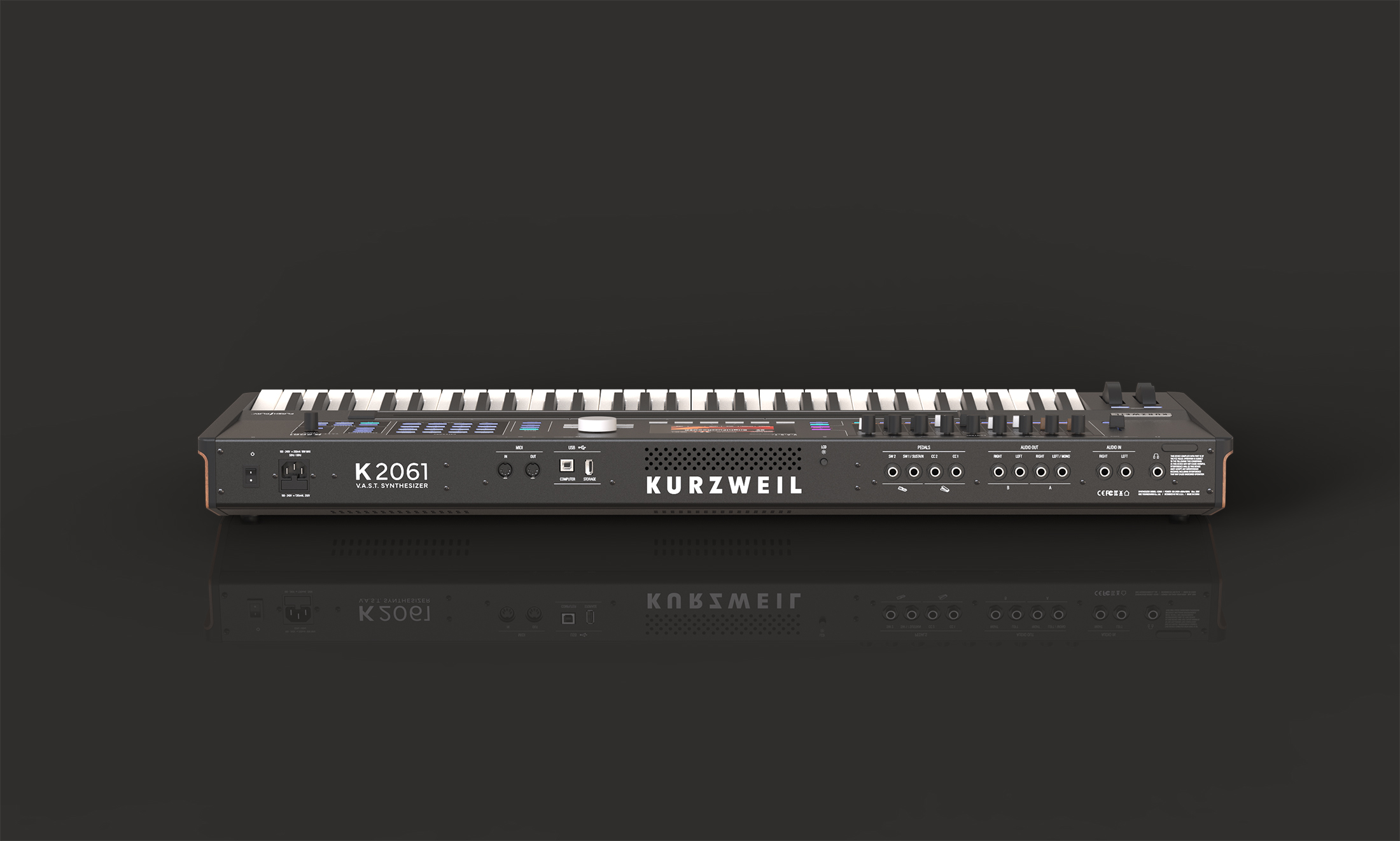
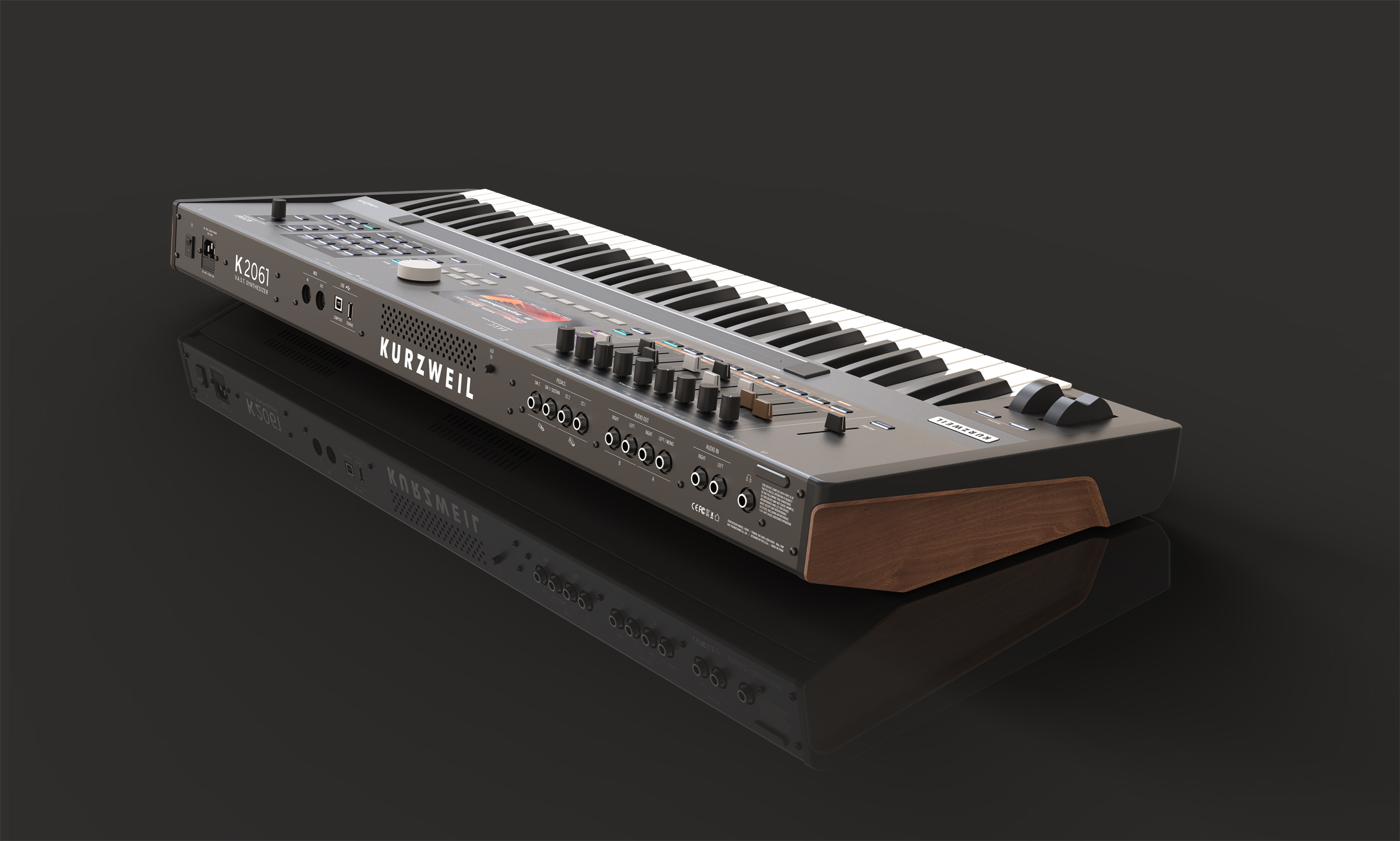
I’ve personally had a long-standing relationship with Kurzweil as a keyboardist. Even today, their top-of-the-line products—the K-2061 and 2088—are synonymous with exceptional professional sound, especially when it comes to stage performance. So when the Kurzweil team approached me in early 2023 with the request to update the design of the K-series, I was immediately on board. The task was to refresh the user interface and create a new 61-key version of the instrument, complementing the well-known 88-key hammer-action model. This was an exciting challenge, as we were tasked with translating the industrial design of the larger model into a more compact, 61-key synthesizer version.
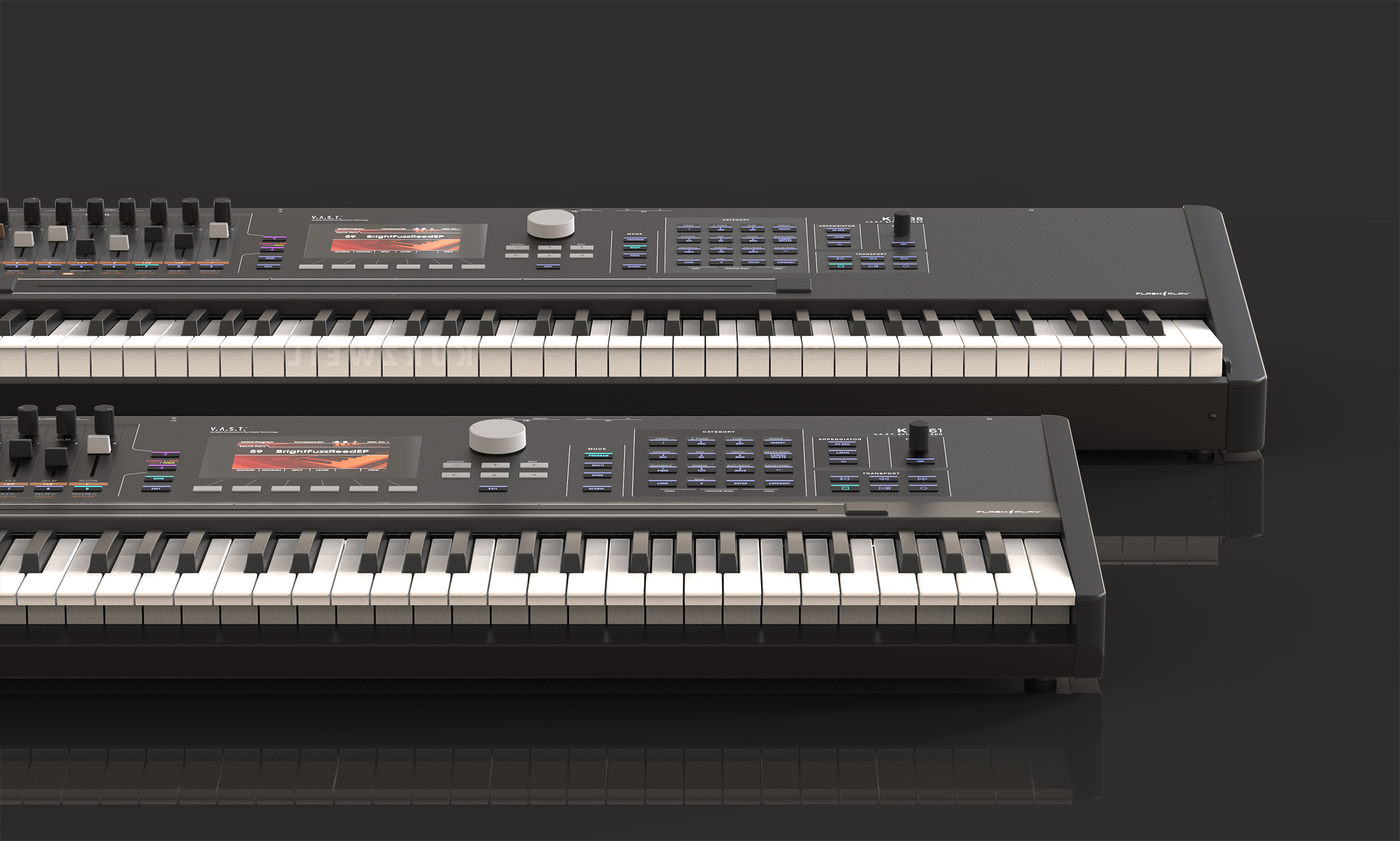
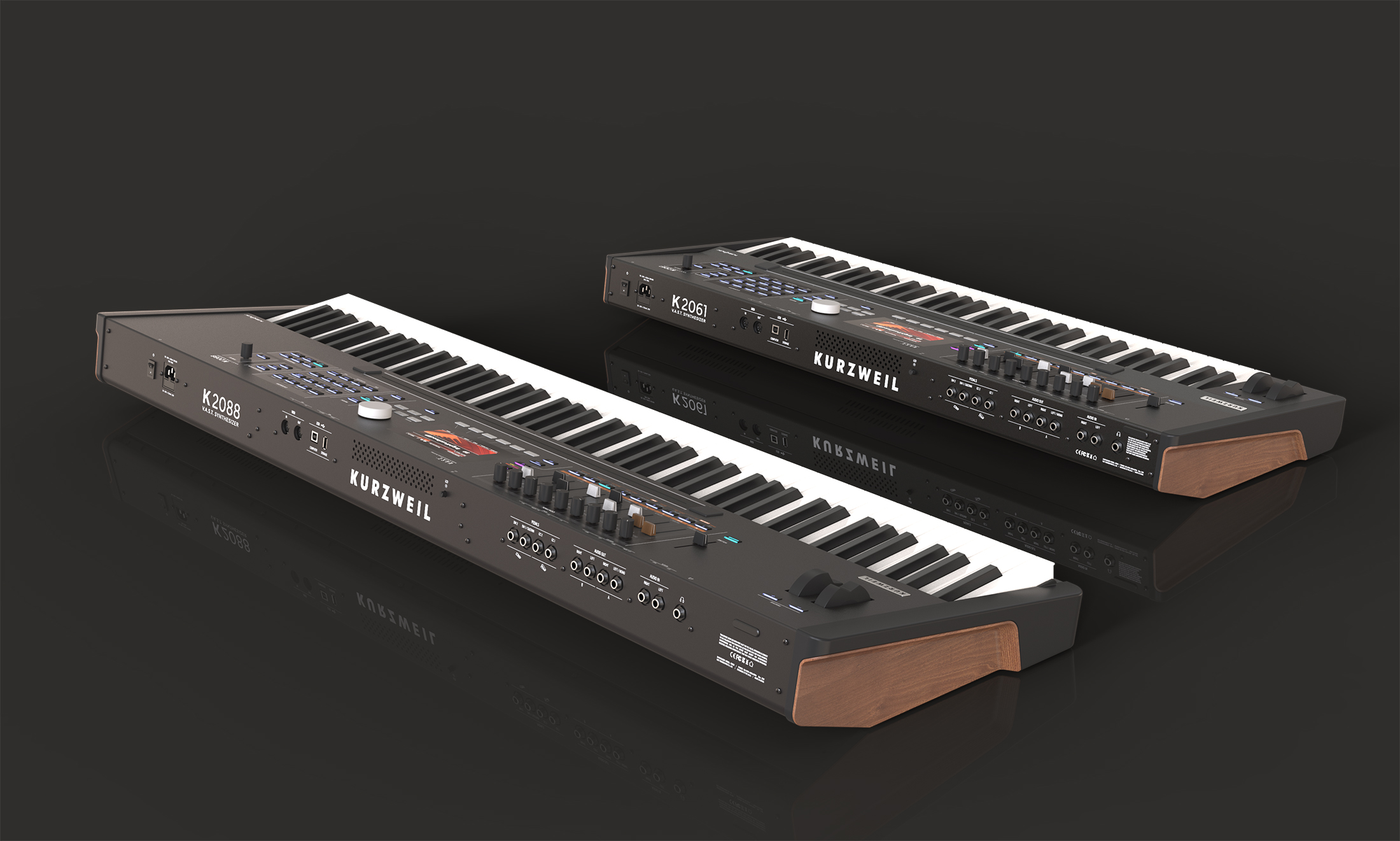
We began by analyzing the core design elements and adapting them to the smaller form factor. We gave the new version a slim-profile base and slightly angled the control panel towards the user. To ensure optimal ergonomics for the signature Kurzweil pitch ribbon, we incorporated a horizontal tilt to the panel. This resulted in a fresh, modern aesthetic that also enhanced the user experience.
The entire panel was reimagined for both versions of the instrument. We introduced a newly designed, backlit switch that makes the function easily recognizable, even in low-light environments. Dynamic controls (such as the soft buttons beneath the display, which do not have fixed parameters) are highlighted with light grey accents.
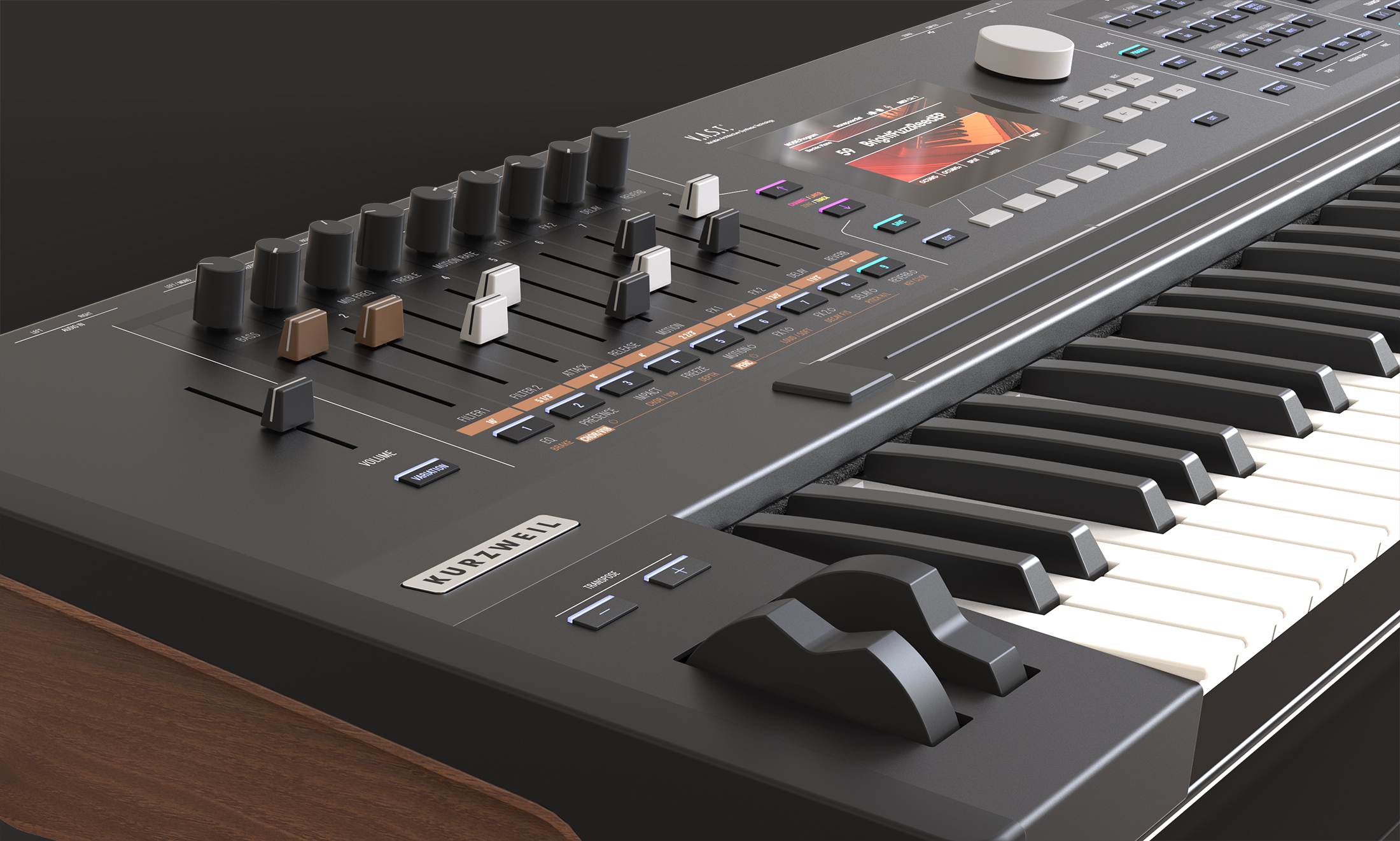
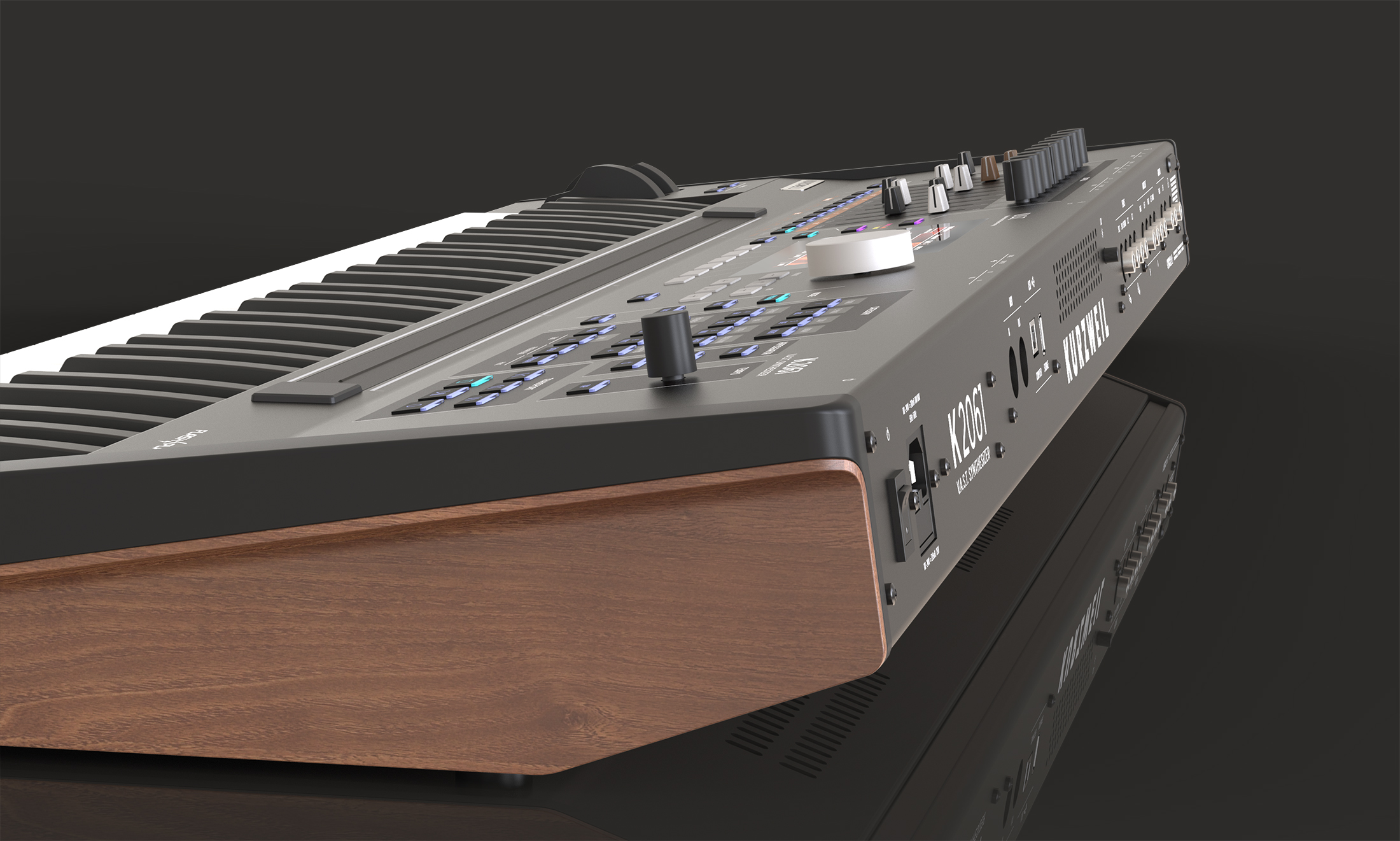
The color scheme of the nine sliders, reminiscent of classic drawbars, subtly hints at one of the instrument’s core features, adding a timeless touch to the overall design. The Kurzweil logo is placed centrally, above the wheel block, in a three-dimensional silver plaque. We made a deliberate decision to scale back the branding, allowing the logo to stand out more while communicating the brand’s refreshed identity in a confident, understated way. The result is a modern design that reflects the brand's evolution while respecting its heritage.

